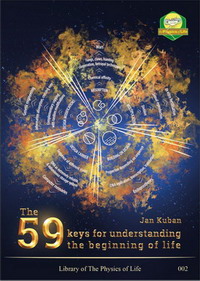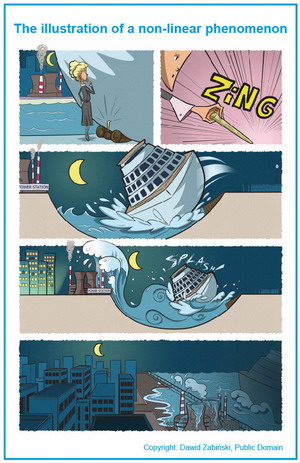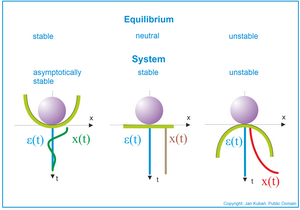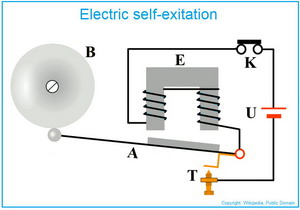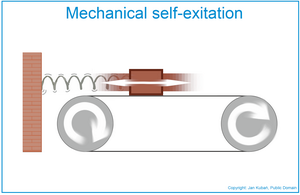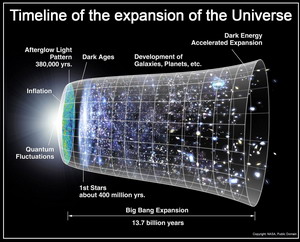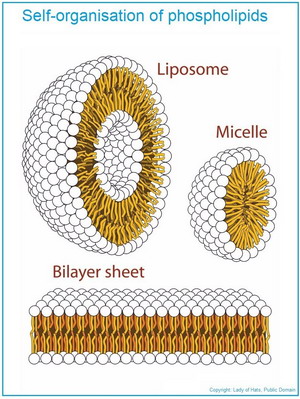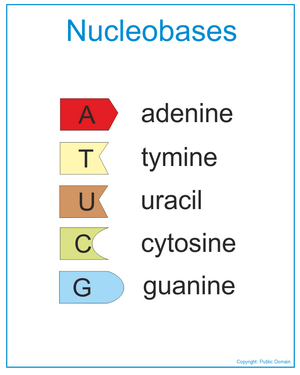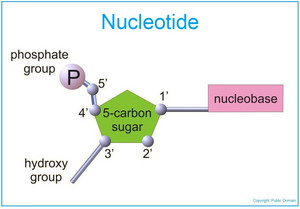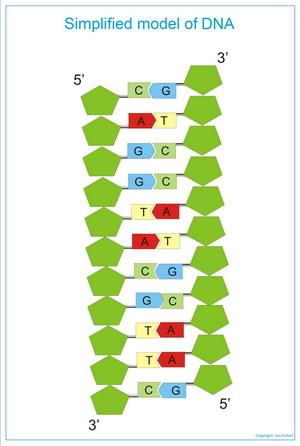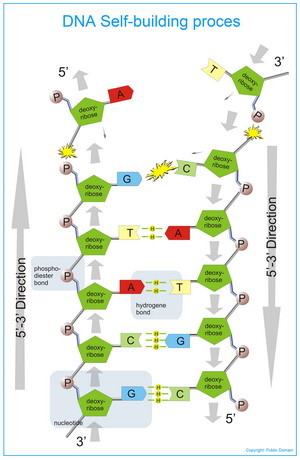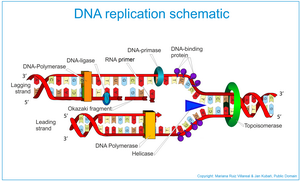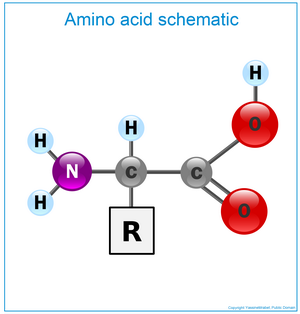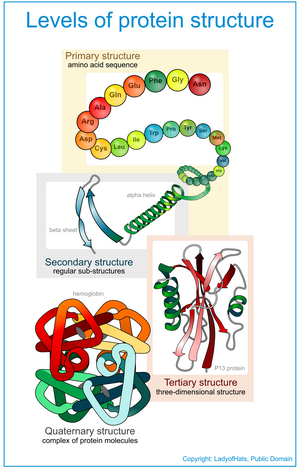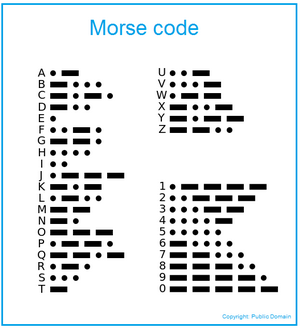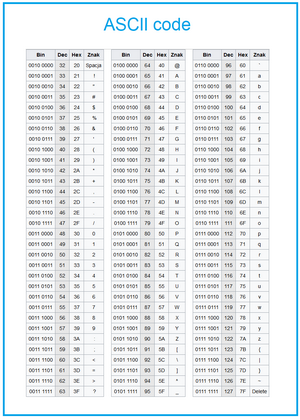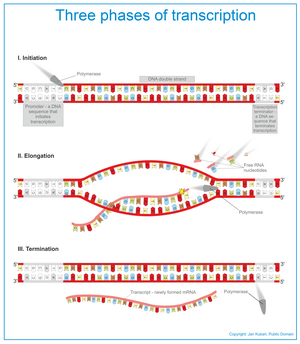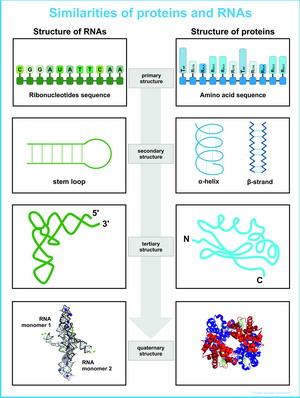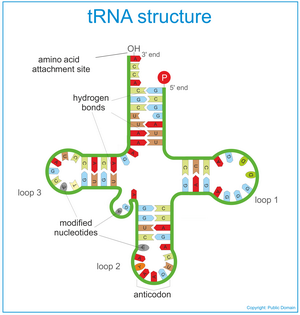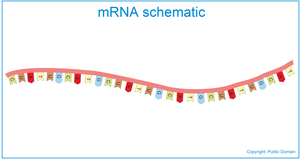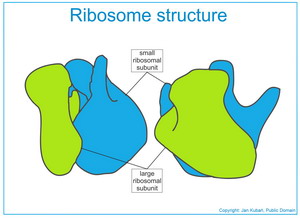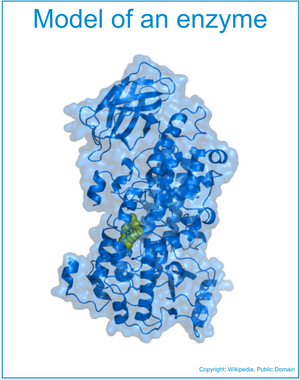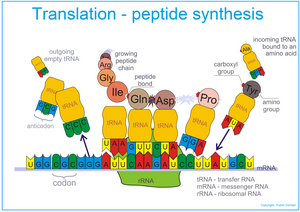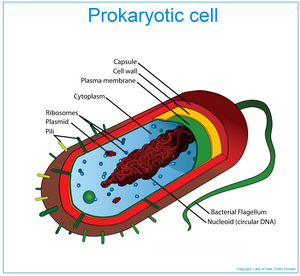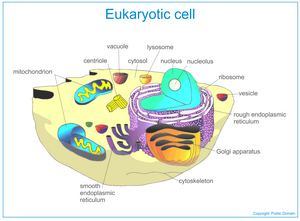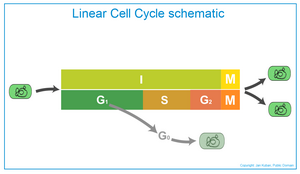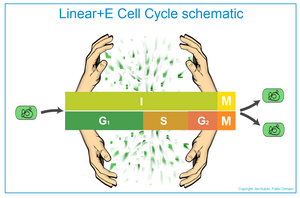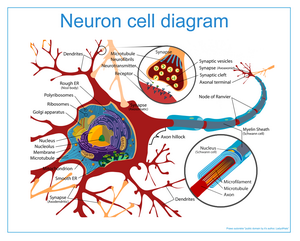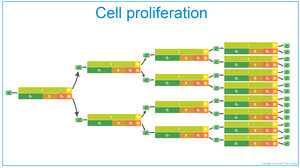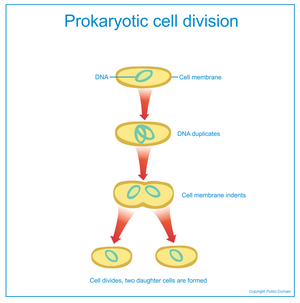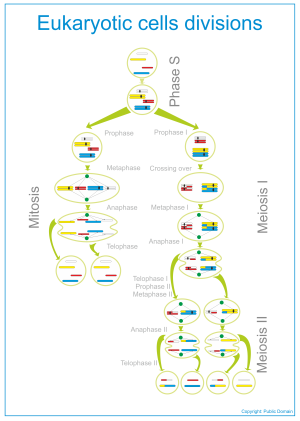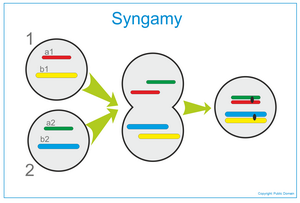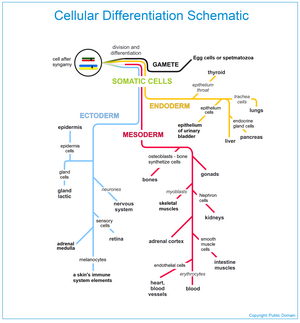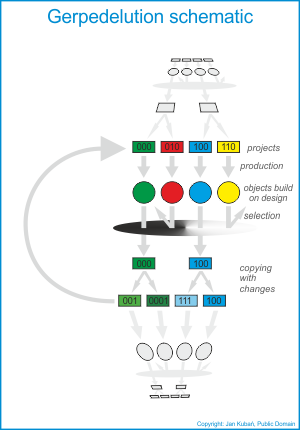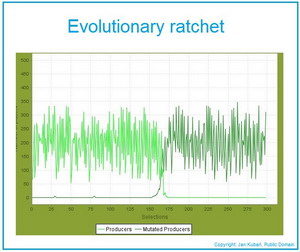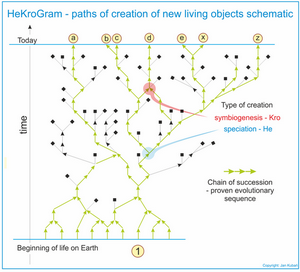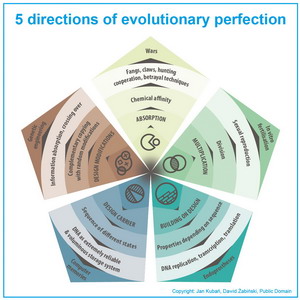The 59 keys for understanding the beginning of life
A significant step forward in life sciences
 Basic info
Basic info
| Title: | The 59 keys for understanding the beginning of life |
| Author: | Jan Kuban |
| Category: | Life Sciences |
| Key words: | Life, Emergence of Life, Biological Evolution, RPD-Type objects, Victory Factor, Tactics of Behaviour, Tactics of Structure, Gerpedelution, Hekrogram, Principles of Life |
| Publication date: | 2019, February |
| Available in: |


|
|
ISBN |
978-1-5136-4674-9 |
| Formats: | |
| Size: | |
| Weight: | |
| Pages: | 135 |
 Contact
Contact
| Email Address |

|
| Phone Number | +48 22 646 74 24 |
 Description
Description
The 59 keys for understanding the beginning of life presents a coherent theory of the
origin of life on Earth. According to the author, life cannot be understood solely on the basis
of one scientific discipline and therefore, among many areas, he chose those issues which, in
his opinion, are the most important in understanding the mystery of life. There are 59 of them
and they come from: logic, set theory, systems theory, stability theory, philosophy, automation,
chemistry, biology, information theory, cybernetics, mathematical game theory, evolutionism,
mathematical analysis and, what is very important, economics.
According to the author, knowledge of these disciplines is needed to understand what is going on in all aspects of life, from the molecular level to the human – social level. At the same time, you do not need to thoroughly study all these departments of science, you just need to know these 59 keys to understand the mystery of life.
More
 Selling Points
Selling Points
- Paperback: "The 59 keys..." in Amazon
- Kindle Edition: "The 59 keys..." in Amazon
- PDF: "The 59 keys... " in Google Bookstore
 Endorsements
Endorsements
![]() "The 59 keys for understanding the beginning of life" is the first book known to me which describes the components found in living organisms and the mechanisms of biological evolution in an exact and complete manner. In my opinion, it is the first successful attempt to build a full, precise model of life.
"The 59 keys for understanding the beginning of life" is the first book known to me which describes the components found in living organisms and the mechanisms of biological evolution in an exact and complete manner. In my opinion, it is the first successful attempt to build a full, precise model of life.
In his book, the author explains the mechanisms of biological evolution. They are subjected to a strict, almost mathematical analysis. Simplified models of various phenomena occurring in evolution are built in an excellent way, and the essence of these mechanisms is explained in a very simple manner.
Importantly, the author managed to stay within well-defined scientific concepts and generally recognised scientific knowledge as much as possible. His own definitions are introduced only when they are necessary to maintain the completeness of the model. This is obviously a huge advantage of this book, because thanks to this, it doesn't cause a controversy, to which new hypotheses are always exposed to. However, one would be wrong to assume that the book doesn't add anything new. Although I myself deal with modelling life, after reading ”Physics of Life” my perception of many phenomena has changed diametrically.
Personally, I would wish this book to become a textbook for ethics lessons at schools, which supported by an open discussion and exercises carried out using games such as “Little evolution” would, in my opinion, have an immense impact on young people’s perception of the world and decision-making. I emphatically recommend this book to anyone who wants to fully understand the phenomenon of life.
[Jarek Szczepanik - author of “Mathematical Foundations of Life”
![]() In the era of specialization, there are few people who would attempt to create a general theory explaining all the phenomena of life. For this reason, this book should be considered a notable rarity. The author impresses with his broad horizons and the ability to illustrate his ideas with examples from a variety of areas.
In the era of specialization, there are few people who would attempt to create a general theory explaining all the phenomena of life. For this reason, this book should be considered a notable rarity. The author impresses with his broad horizons and the ability to illustrate his ideas with examples from a variety of areas.
[Focus magazine]
![]() In the book "The 59 keys for understanding the beginning of life" the author tackles a major and complex subject in a manner that makes it much easier to understand than the typical academic textbooks. Much simpler without becoming simplistic, it lowers the bar to understanding without lowering the complexity of the topic by its ability to use every-day English to explain a subject that would otherwise be confined to academia.
In the book "The 59 keys for understanding the beginning of life" the author tackles a major and complex subject in a manner that makes it much easier to understand than the typical academic textbooks. Much simpler without becoming simplistic, it lowers the bar to understanding without lowering the complexity of the topic by its ability to use every-day English to explain a subject that would otherwise be confined to academia.
[Andy Ayshen]
 About the author
About the author
Jan Kuban (born 1959) – a graduate of the Warsaw University of Technology, Faculty of Aeronautical Engineering, biocybernetics scientist, climber, alpine instructor, activist for direct democracy, polyglot, coach of young entrepreneurs, creator of information technology Q-Line, author the book “The Physics of Life”, published in 2009.
 Reviews
Reviews
 Who should read "The 59 keys..."?
Who should read "The 59 keys..."?
Everyone who is concerned with the questions "What is life?" or "How did life arise?". Everyone regardless of whether they are a hardened Creationist or an orthodox Darwinist. The author shifts the scientific debate on life into a new area, answering some of the currently unanswerable questions in this subject. He has done this by introducing scientific disciplines, some of which are new or not widely known, into the forum of life sciences.
One of them is economics - the science of resources and how they circulate. And indeed, no textbooks about biology takes it into account when discussing life, and yet every living object uses economics to survive. Another is the theory of stability - a science used mainly in the design of devices such as planes and rockets. It is important because it explores non-linear phenomena, which, in its simpliest terms, explores how disturbances impact systems. Yet mutations in biology should be treated as disturbances rather than disorders.
However, it seems that the most controversial of his discoveries is to suggest that the beginnings should be investigated using ... aeroelasticity. This science is so specialised that many scientists do not know that it exists, it deals with the phenomenon of self-generation. And since the Darwinists believe that life self-emerged, aeroelasticity has to be referred to.
The author puts a special emphasis on the precise definition of phenomena and also introduces several new concepts, because he is aware that a broad vocabulary enhances understanding. In addition, the book is written in an easy-to-comprehend way and manages to explain every key simply without any ambiguity.
Jan Kuban has good scientific background. However, he is not a biologist, but maybe this is his strongest asset. Many original discoverers were thought of as outsiders, such as tax farmer Antoine Lavoisier (chemistry), a monk Gregor Mendel (genetics) and a priest Georges Lemaître (cosmology). They saw problems from a completely different perspective than deeply rooted professionals. After getting acquainted with "The 59 keys ..." it really seems that it is an innovative breath of freshness in the science of life.
 Five reasons why you should read "The 59 keys for understanding..."
Five reasons why you should read "The 59 keys for understanding..."
-
The author possesses an enormous amount of knowledge in mathematics and natural sciences and it seems like he wants to bestow it to his readers through his book. It's not impossible since the lecture is interesting, sometimes exciting, and at the same time very clear and understandable. I have to admit that despite my familiarity with issues discussed regarding mathematics, physics or chemistry, some of them became clear thanks to the Physics of Life. To know doesn't always mean to understand. The author's ambition is for the reader to understand everything and he succeeds at it most of the time. The book refreshes, consolidates and supplements one's knowledge in a very enjoyable way. It is worth reading just for that reason.
-
Another reason for reading the book is the author's passion. I'm sure that one teacher like this in a student's life would be enough to awaken a passion for knowledge. It is obvious that Jan Kuban lives in this subject. Considering that laboratories and conference halls are not his everyday life, like in case of some other authors who write about similar subjects (R. Dawkins, E. Wilson, D. Morris), he is a successful full time businessman instead, the enormousness of his knowledge and input in the work is impressive. But this is not blind admiration speaking, but thought provoking inspiration. It may lead one to agree with the author's theses, or just the opposite – to look for counterarguments in one's mind. Either way, the reader will be involved in a creative, mind-expanding process. Mathematics, physics, chemistry, and even biology become more familiar thanks to this work. More friendly for those who haven't felt closeness with these subjects thus far, and for those who are comfortable with these sciences, an interesting journey.
-
With the assumption that all processes in life can be explained using physics and described using mathematics, the author explains what life is. He reveals the secrets of life on earth, describes probable evolutionary processes, which have given the currently existing species their current shapes. Page after page, he convinces us that a basic task of every organism is to survive and multiply. The book explains how organisms try to fulfil this condition, and how thanks to random advantageous changes which later become permanent, new organs are created, guaranteeing this survival and multiplication, dragging then into higher levels of the evolutionary ladder. Humans are present in all of this as a species with its own adaptations and also some specific behaviours. Admittedly, a woman might feel a little sad to find out that her breasts are only a consequence of a random disturbance in the genetic design, and even saying that "be accident, this turned out to be a perfect disturbance", doesn't make up for it.
-
I wouldn't be myself – a psychologist who is always looking for new ideas for improving the human kind so that separate individuals trying to survive would not necessarily do so at the cost of their fellow men, if I wasn't also looking for that in this book. That is why my favourite fragment of the book is the part about the "victory factor" - something that is born (for various reasons) in some individual, allowing them to fulfil the basic rights of life (to survive and multiply) more fully, transferring these traits to next generations, favourably changing them this way. It takes place spontaneously, randomly, but when organisms start devising, and then even think, they can devise this "victory factor" for themselves on their own. The "victory factor" was at some moment an ability to survive up in the air, and in a different moment "to listen to the advice of elders" or "to trust the rule". For me, the "victory factor" – this crucial factor in evolution – holds in itself the hope for humanity. After all, we can devise behaviours today, which will guarantee a positive selection within the species and will cause that future generations will be smarter and better. I am not speaking about genetic engineering, but for example about bringing up children to have a sense of self-worth, which will surely make them more able to survive and more attractive as partners. And that's the fifth, most important I think, reason for which this book is worth a read.
-
"The 59 keys for understanding the beginning of life" is a unique book, I have never read anything like it. Unique is its form as well as its content. It forces one to think, it is very helpful in expanding the world view of people like me, typical humanists, praising the human mind and power of human character.
[Iwona Majewska-Opiełka - a specialist in leadership; a psychologist, mentor, coach and advisor to senior management professionals. She's frequently invited as a guest on many TV and radio programmes. She specialise in training and providing consultancy services to individuals and companies across Canada and the US. She is also the co-founder of “The Academy of Success” in Chicago.]
 Topics which can really entice you
Topics which can really entice you
- How many scientific disciplines are needed to understand life?
- How much does the introduction of economy to biology simplify the understanding of life?
- Is information an emergent property of matter?
- How did it happen that our cells differentiate?
- Struggle or Cooperation?
- Did you know that life can be defined in at least three ways?
- What is the purpose of life?
- How did the self-excitation of biological evolution occur?
- Was Darwin's Tree of Life correct?
- Do you know which 5 fundamental properties matter should have to initiate biological evolution?
- Does life contradict the Second Law of Thermodynamics?
- How does the evolutionary ratchet create novelty in biology?
- Do you know the 12 irrefutable facts to help understand life?
- Do you know that mitochondrion, leaves and a pair of eyes are, from one point of view, the same?
- Have you ever heard about biological Victory Factors?
- What are the 5 characteristics of biological evolution?
- What are the 3 Principles of Life?
- How did billions of individual cells come together in such a way to become me?
- What tactics are necessary to allow you to absorb external resources and multiply?
- Do you know what resergy, a very important concept to understand life, is?
 Table of Contents
Table of Contents
Blurb ................................................................... 7 The 59 keys for understanding the beginning of life ................... 7 About the author ...................................................... 7 Library of The Physics of Life .......................................... 8 Introduction............................................................. 10 Basic defiitions ........................................................ 12 1. Definement.......................................................... 12 2. Set ................................................................ 13 3. Sequence ........................................................... 14 Basic abstract trinity .................................................. 15 4. Object ............................................................. 15 5. System ............................................................. 21 6. Process ............................................................ 21 Nature of things......................................................... 22 7. Non-linearity....................................................... 22 8. Disturbance & stability............................................. 24 9. Ex nihilo .......................................................... 26 10. Emergence .......................................................... 27 11. Self-excitation .................................................... 29 12. Autodynamic system.................................................. 30 13. Tendency of matter to group......................................... 31 14. RPD-type chemical particles ........................................ 33 15. Self-excitation of biological evolution ............................ 35 Basic RPD-type particles................................................. 37 16. Properties of nucleotides .......................................... 37 17. Properties of nitrogenous bases..................................... 38 18. DNA – a chain of deoxyribonucleotides .............................. 39 19. DNA replication .................................................... 40 Flesh.................................................................... 44 20. Properties of amino acids .......................................... 44 21. Basic amino acids .................................................. 46 22. Properties of proteins ............................................. 47 Design................................................................... 50 23. The code ........................................................... 50 24. In the beginning was the word ...................................... 54 25. Transcription ...................................................... 56 Building on design ...................................................... 58 26. RNA – a chain of ribonucleotides ................................... 58 27. Properties of tRNA.................................................. 60 28. Properties of mRNA.................................................. 61 29. Properties of rRNA.................................................. 61 30. Enzymes............................................................. 62 31. Gene ............................................................... 63 32. Translation ........................................................ 66 33. Cells............................................................... 67 34. Cell cycle ......................................................... 71 35. Economy ............................................................ 73 36. Primary life purpose ............................................... 74 37. Three meanings of “life”............................................ 75 38. Resergy ............................................................ 75 39. Mathematical game theory ........................................... 77 40. Strategy & tactic................................................... 79 41. Cell transformations ............................................... 80 42. Flesh building processes............................................ 84 43. Specialization & communication ..................................... 86 Living object ........................................................... 88 44. Lifecycle of living objects ........................................ 88 45. Duplication & alteration of designs ................................ 89 Constructor ............................................................. 91 46. Gerpedelution....................................................... 91 47. Evolutionary ratchet................................................ 93 48. Creative destruction ............................................... 96 49. Two orthogonal directions of perfection ............................ 97 50. Bifurcation........................................................ 101 51. Unimaginable power of exponentiality .............................. 103 52. Ambiguity of biological evolution ................................. 104 53. PSS versus WSS .................................................... 106 54. Cumulative eternity................................................ 107 55. Characteristics of biological evolution............................ 108 56. Reverse induction method .......................................... 109 57. How life could arise .............................................. 111 58. Genes & memes ..................................................... 116 59. Organisational levels of life ..................................... 117 Principles of life ..................................................... 119 The First Principle of Life ........................................... 119 The Second Principle of Life .......................................... 120 The Third Principle of Life ........................................... 121 The paradigm of The Physics of Life .................................... 122 Key concepts:.......................................................... 122 Postulates, laws, principles: ......................................... 123 Research approach: .................................................... 124 Research methods:...................................................... 125 Objective:............................................................. 125 Definition of life...................................................... 126 What else? ............................................................. 127 Index .................................................................. 128 Quoted references....................................................... 133 Recommended literature.................................................. 134
